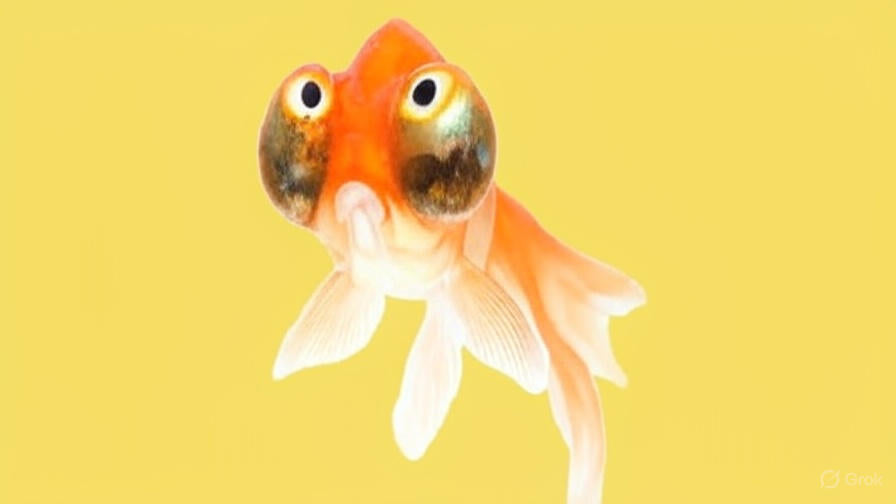Celestial Eye Goldfish: 7 Fascinating Facts About the Upward-Gazing Fish
Introduction
The celestial eye goldfish is a captivating fancy fish breed, instantly recognizable by its unique upward-gazing eyes. Popular among aquarists, this double-tailed goldfish offers not only aesthetic appeal but also insight into selective breeding practices. In this guide, we explore the history, characteristics, and care tips for this rare aquatic species.
The features of a celestial eye goldfish.
— Science girl (@gunsnrosesgirl3) October 8, 2025
pic.twitter.com/ZdvlsCpO1J
1. Historical Origins
The celestial eye goldfish likely originated in China or Korea during the 18th century. The earliest known record is a Chinese scroll from 1772, depicting a goldfish without a dorsal fin and eyes turned skyward. Contrary to myth, the upward gaze did not develop from narrow jars; it is purely genetic.
2. Distinctive Physical Traits
- Eyes: Telescope-like, turned vertically, giving a perpetual upward gaze.
- Body Shape: Elongated and egg-shaped, similar to bubble-eye goldfish.
- Fins: Lack a dorsal fin, which adds to their delicate nature.
- Color Patterns: Often a mix of white, orange, and gold, making them visually striking.
3. Development of Upward-Gazing Eyes
The celestial eye goldfish is not born with upward-gazing eyes. Within six months, the eyes reposition naturally, centering the pupils on the top of the head. This unique feature distinguishes them from other telescope goldfish.
4. Ideal Care and Maintenance
Caring for celestial eye goldfish requires attention to safety and water quality:
- Aquarium surfaces must be smooth to prevent eye injuries.
- Regular monitoring of temperature, pH, and ammonia levels is essential.
- Best kept in species-only tanks or with peaceful, slow-moving fish.
- Avoid overcrowding to minimize stress and physical damage.
5. Cultural Significance
The celestial eye goldfish has long been celebrated in Chinese art and literature. In 1960, it appeared on a Chinese postage stamp, symbolizing its cultural importance and popularity as a rare ornamental fish.
6. Popularity Among Aquarists
Aquarium enthusiasts value celestial eye goldfish for their unique appearance and gentle temperament. Though delicate, they are considered a rewarding species for aquarists committed to careful maintenance and observation.
7. Fun Facts from Viral Videos
A recent tweet by @gunsnrosesgirl3 on October 8, 2025, showcased a celestial eye goldfish, highlighting its distinctive upward-gazing eyes and elegant swimming patterns. Videos like this continue to raise awareness of their fascinating traits and appeal to both hobbyists and general audiences.
Frequently Asked Questions (FAQs)
Q1: Can celestial eye goldfish see normally with upward eyes?
A: Yes, but their vision is adapted to look upward, making them more reliant on movement and shadows for interaction.
Q2: Are celestial eye goldfish suitable for community tanks?
A: They are best in peaceful, slow-moving species-only tanks due to their delicate eyes and fins.
Q3: How long do celestial eye goldfish live?
A: With proper care, they can live 10–15 years, sometimes longer in optimal conditions.
Q4: What do celestial eye goldfish eat?
A: They thrive on high-quality flakes, pellets, and occasional live foods, with attention to avoid overfeeding.
Conclusion
The celestial eye goldfish is more than just a visual marvel; it represents the intricacy of selective breeding and aquatic care. Its upward-gazing eyes, delicate body, and rich cultural history make it a unique addition to any aquarium. While requiring careful maintenance, observing these fish offers an intellectually rewarding experience, blending art, science, and the serene beauty of aquatic life. For aquarists and enthusiasts, the celestial eye goldfish stands as a timeless reminder of nature’s ability to surprise and inspire.


0 comments